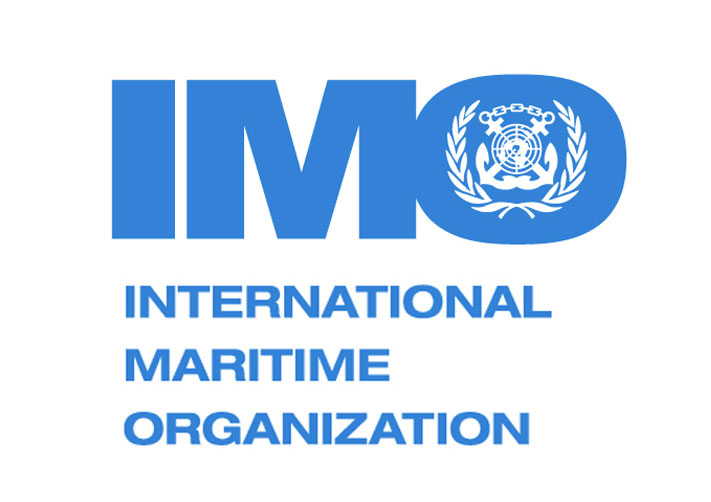With a combination of further IMO action, national, regional and industry action, a 1.5-aligned GHG reduction pathway is more clearly in reach than before
Today (07.07.2023) marks a historic day for the international shipping sector as the International Maritime Organization (IMO) adopts its 2023 IMO GHG Strategy, a much stronger revision of their 2018 Initial Strategy to reduce GHG emissions from international shipping.
The 2023 Strategy now envisions a Just and Equitable transition, an entirely absent concept in the Initial Strategy. In terms of a reduction pathway the strategy sets expectations on the sector, and indeed on the development of future policy measures, to strive for 30% GHG reductions by 2030, 80% GHG reductions by 2040, on 2008 levels, and an overall level of ambition of reaching net-zero emissions as close to 2050 as possible. This is a significant strengthening in comparison to the initial strategy and indeed, it amounts to a strong set of signals to the sector.
Dr Tristan Smith, Reader at UCL Energy Institute, Director of UMAS said: “This outcome owes so much to the leadership of a small number of climate vulnerable countries – to their determination and perseverance in convincing much larger economies to act more ambitiously and overcome their concerns, for all of our benefit. That this still does not do enough to ensure the survival of the vulnerable countries, in spite of what they have given to help secure the sustainability of global trade, is why more is needed, and all the more reason to give them the credit for what they have done and to heed their calls for a GHG levy.”
The 2023 Strategy also has a new level of ambition, that originates from work originally done by UMAS and the High Level Climate Champions and Global Maritime Forum – namely that uptake of zero or near-zero GHG emissions technologies, fuels and/or energy sources to represent at least 5%, striving for 10% of the energy used by shipping by 2030. This is a key enabler of early investment into the long-run solutions that can ensure this decade will see emergence and increasing use of zero emissions technologies and supply chains, ready for their rapid scaling from 2030.
The strategy overall, with the exception of the carbon intensity ambition, left untouched from the initial strategy, now talks in terms of GHG emissions and includes a well-to-wake (full lifecycle of the fuel) scope for its ambitions. Additionally, the strategy also includes a much clearer signal on forthcoming global measures identifying a basket comprised of both, a goal-based marine fuel GHG intensity standard and a maritime GHG pricing mechanism to be adopted in 2025. Where the strategy falls short is that the levels of reduction contained in the 2030 and 2040 indicative checkpoints, are not aligning the sector to a pathway that limits global warming to 1.5 degrees or below, and so further work on GHG reduction pathway will likely be needed when this strategy is revised in 2028.
Dr Alison Shaw, Policy Lead at UMAS said: ‘It was far from smooth sailing at the IMO this week, however Member States have now come together to send a strong signal to the shipping sector. While the 2023 IMO GHG strategy falls short of being clearly aligned to a 1.5 degree pathway, it does set expectations for reductions by 2030 and 2040, for the adoption of global measures, and envisions a just and equitable transition. The strength of the strategy now relies on both the sector’s response and the forthcoming development of global measures by Member States, both of which should be geared to striving for 30% GHG emissions reduction by 2030’ Thus, the strategy represents a multilateral compromise which unifies Member States around a much stronger set of reduction signals that need to be operationalised by both the sector and the policy makers themselves.
Source: Hellenic Shipping News






